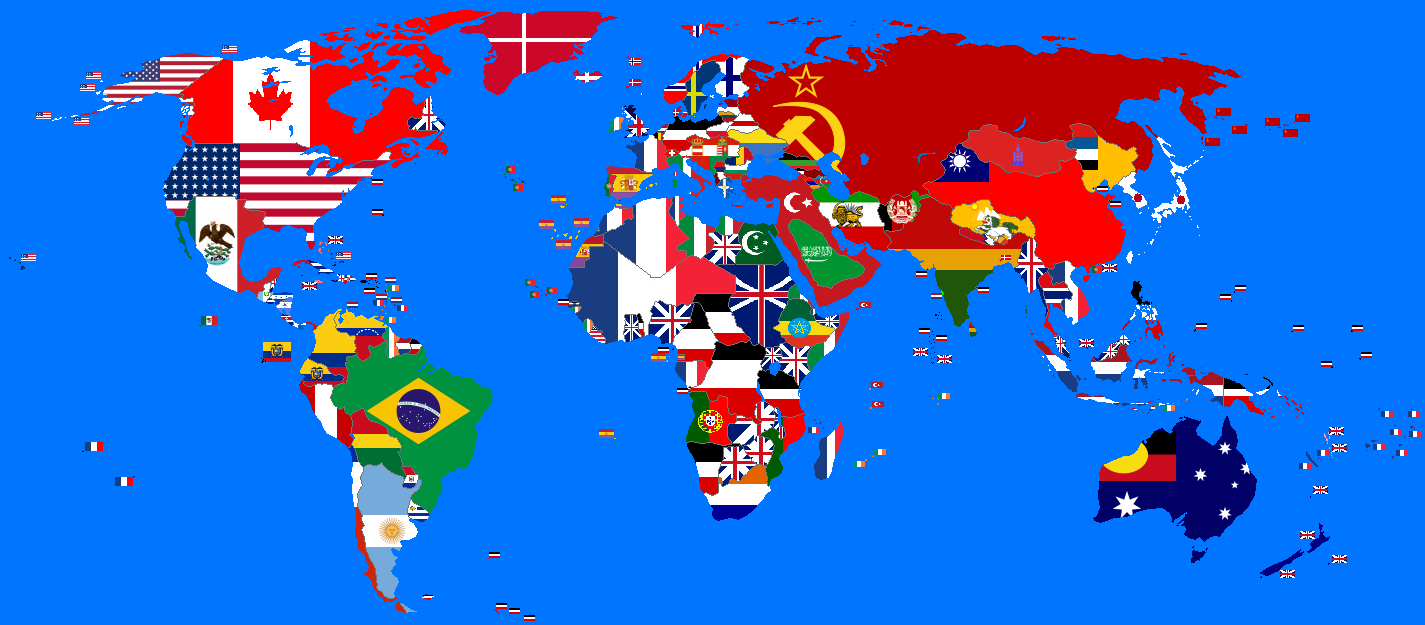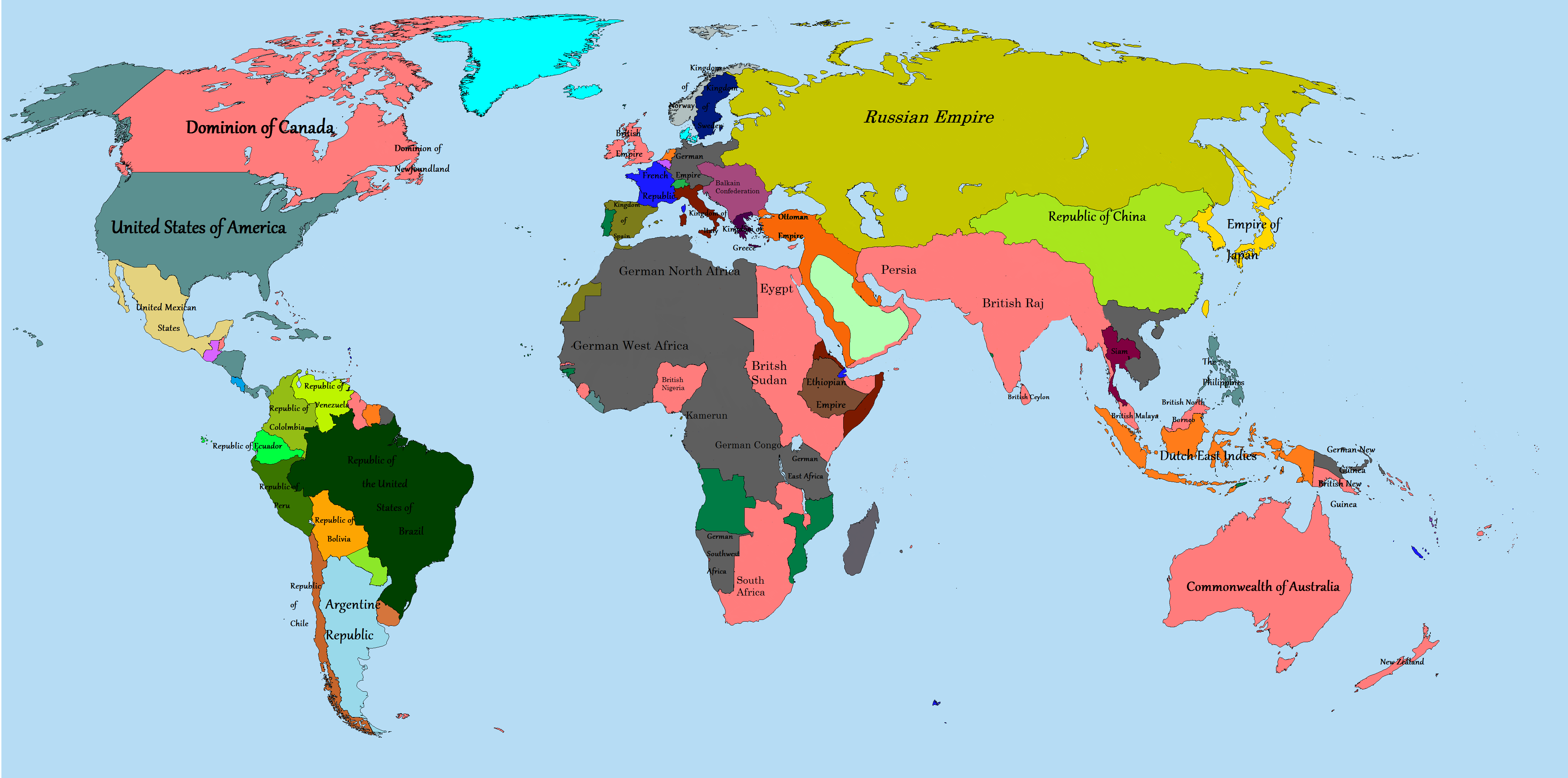


During the peace negotiations, the American President stressed the importance of disarmament and of using diplomacy for the resolution of conflict, thus paving the way for the creation of the League of Nations, as foreseen in the treaties. The new states were founded as parliamentary regimes based on universal suffrage such as the Weimar Republic in Germany. Denmark obtained the northern part of Schleswig, while Greece extended its frontiers to cover large territories in Bulgaria and Turkey.Īt the end of the war, it appeared that liberal democracy and collective security had triumphed.

Italy acquired Trentino and Trieste, Romania was given Bess Arabia and Transylvania. Then two new multi-national states were created: Czechoslovakia for the Northern Slavs (Czechs and Slovaks) and Yugoslavia for the Southern Slavs (Slovenians, Croats and Serbs).Īmong the victors, several countries increased their territory: France regained Alsace and Lorraine. Poland, which had disappeared at the end of the 18th century, was reconstituted. In northern Europe were created Finland and the Baltic countries of Estonia, Latvia and Lithuania. Recognizing the right to ‘national self-determination’, as stated in the “Fourteen Points” outlined by President Wilson of the United States, the treaties created independent states for minority populations previously part of the fallen empires. Last, the Ottoman Empire was stripped of much of its territory and only allowed to keep a small foothold in Europe. Many regions were lost and Austria and Hungary, their territory substantially reduced, became two separate nations. Meanwhile, the Treaties of Saint-Germain-en-Laye and of Trianon put an end to the Austro-Hungarian Empire. The Treaty of Versailles amputated a number of regions from Germany, and Eastern Prussia was isolated from the rest of the German territory. The German and Austro-Hungarian Empires in Central Europe were then dismantled. In order to end the war, Lenin signed the Treaty of Brest-Litovsk in March 1918 and handed over a large number of territories to the West. The first to fall was the Russian Empire.
MAP OF THE WORLD AFTER WW1 SERIES
The nations of the Soviet Union and Nazi Germany claimed large amounts of territory, taking away the sovereignty of many countries that had only just regained independence.After four long years of devastating war, symbol of the decline of Europe’s importance in the world, the victorious Allies – France, United Kingdom, Italy and the United States – negotiated a series of treaties in 19 and, in the process, redrew the continent’s national frontiers.Īfter their defeat, the authoritarian empires disintegrated. Unknown to those that were looking at this map, the borders were to change a lot over the next 30 years. Many likely still had family in the countries featured on the map. These people were probably more invested in the changes going on in Europe. Many of these people could be first-generation immigrants who have just looked at the map and seen the new borders of their country of birth. Philadelphia has a large immigrant population that had migrated from Southern and Eastern Europe, such as Italy and Poland, in the late 19th and early 20th century. It is very interesting to wonder what some of these citizens would have been thinking. This version of the map was also shared around other parts of the United States including Chicago, Pittsburgh, and Washington, D.C. The map was put on the side of Independence Hall in Philadelphia, Pennsylvania. Wallace of the Underwood and Underwood Photograph company for us in the Evening Bulletin. This photograph shows the people of Philadelphia looking at a map of Europe with the new border changes. Czechoslovakia was also formed at the end of World War 1. The German Empire was also weakened with some of their land given to bordering countries. When the Russian Empire collapsed in 1917, countries including Finland, Estonia, Latvia, Lithuania, Moldavia, Poland, Belarus, and Ukraine were added to the map. Empires collapsed and countries became independent after many years as subjects. World War I caused significant changes in the borders in Europe. The people of Philadelphia looking at a new map of Europe following World War I, 1918.


 0 kommentar(er)
0 kommentar(er)
